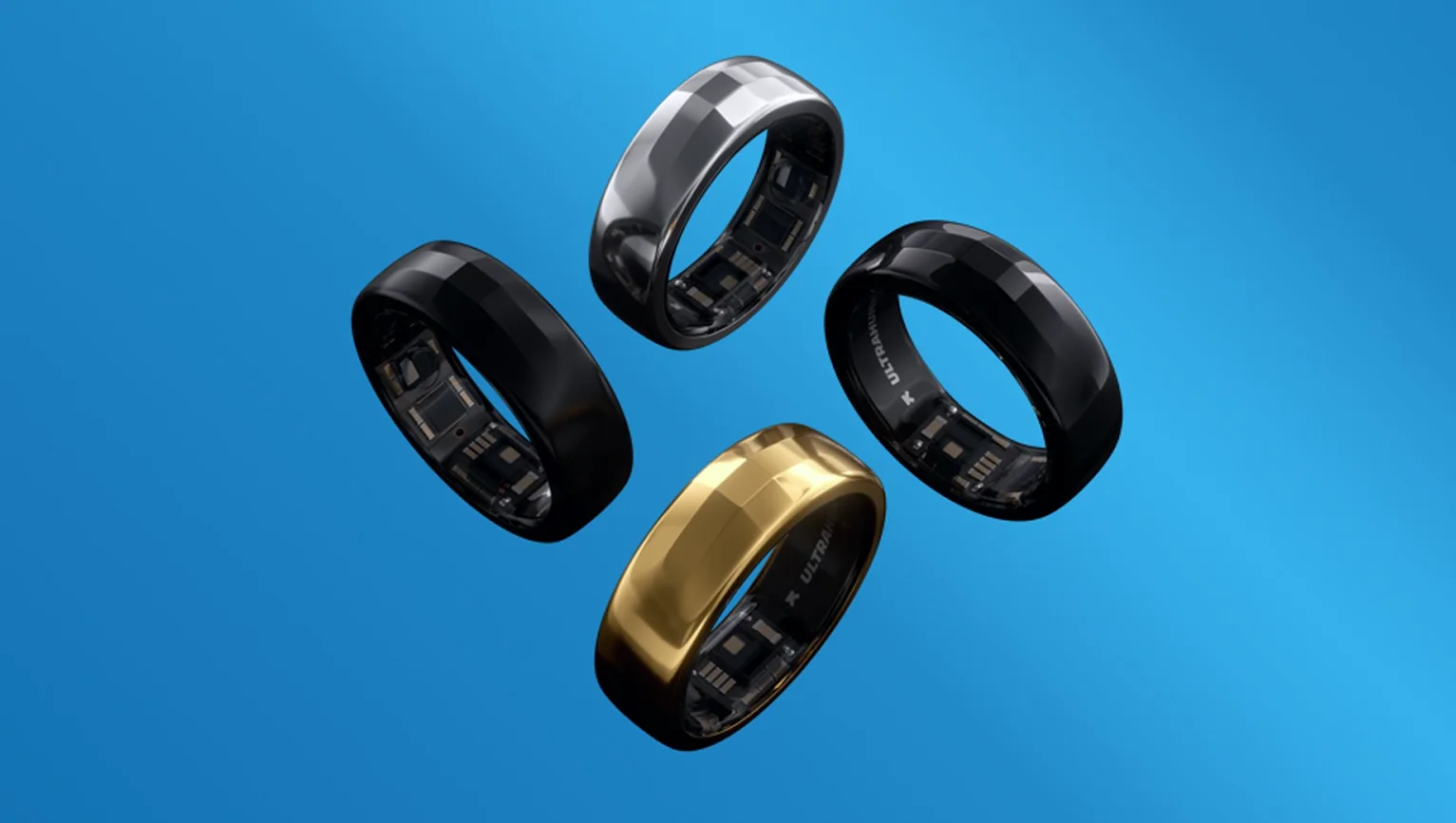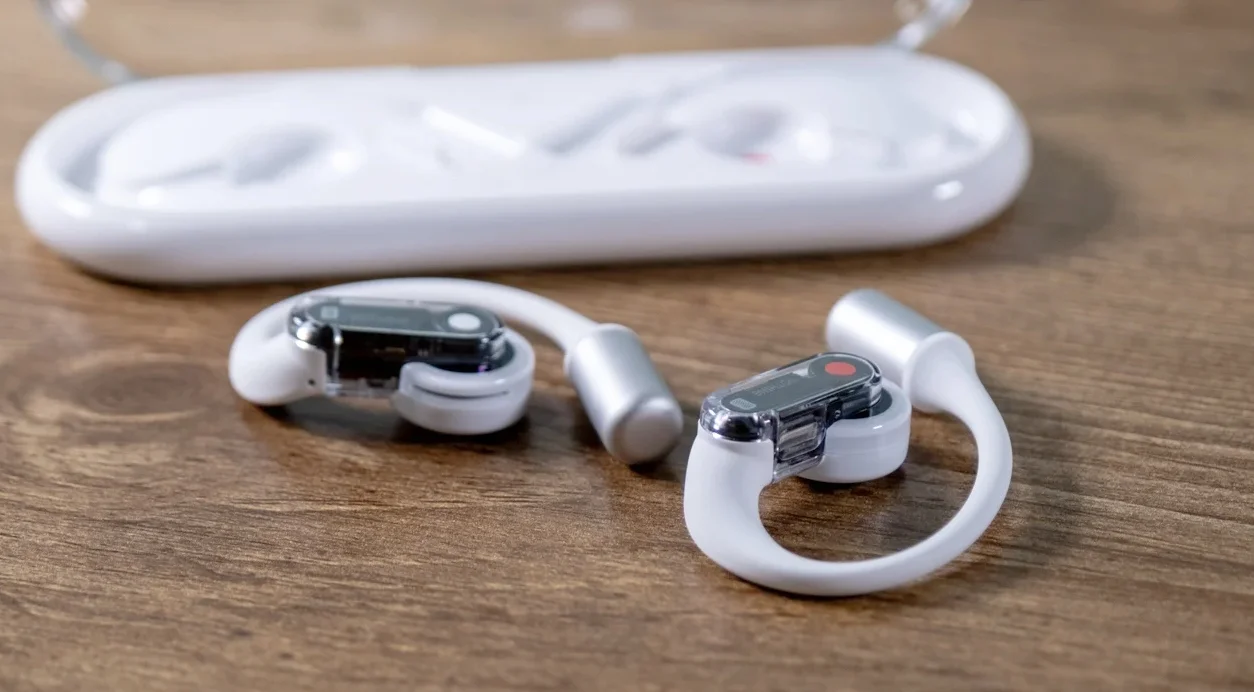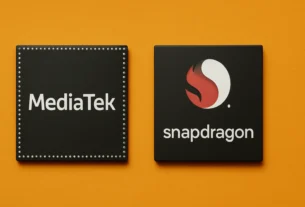Smart rings are gaining interest in a health and fitness market already packed with options for your wrist. There are more models than ever, catering to all budgets. At Computer Hoy, we started with the Ultrahuman Ring, and now it’s time to review the Amazfit Helio Ring, one of the most interesting options for its price-quality ratio.
When testing a smart ring, it’s essential to understand that, despite offering many functions of a smartwatch or fitness band, it’s a completely different product. A smart ring is primarily designed for tracking activity, but especially for monitoring sleep.
The idea is that you can remove your smartwatch at night, leave it charging, and let the ring keep track of your vital stats so that you don’t miss any important health data.
Amazfit has an extensive catalog of smartwatches, and this Amazfit Helio Ring is its first venture into the world of rings. After wearing it on one of my fingers for a few weeks, I can say it performed quite well.
Design and Technical Features of Amazfit Helio Ring
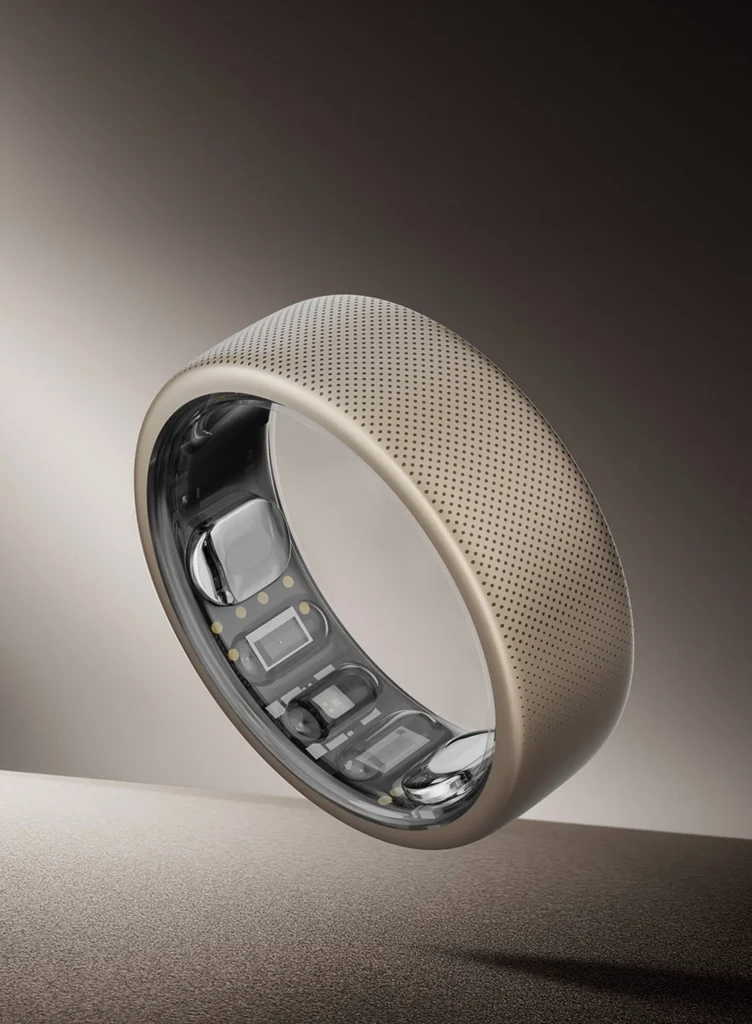
I have to say that, among all the smart rings I’ve tried and use, Amazfit’s design is my favorite so far. It’s not the lightest or the most compact, but it has a finish that I personally love.
The ring is made from a titanium alloy with a mesh finish that looks especially good. It features heart rate and blood oxygen sensors and a battery life of about four days.
Its interior design is quite detailed, with three light diodes for blood oxygen and pulse sensors, along with two contact points for measuring skin temperature.
On the finger, it’s a comfortable ring, though, like all rings, it needs to be sized correctly for the best fit. And this is where things get a bit unusual.
Purchase Process, Sizing, and Use
For some reason, Amazfit has only designed its Helio Ring in three sizes, presumably to minimize the initial investment on a product with uncertain prospects for a second generation due to its novelty. Surprisingly, there’s no sizing kit either; you need to know which size fits you best.
The Amazfit Helio Ring is sold in sizes 8, 10, and 12. Although the reason for these specific sizes hasn’t been officially explained, I assume they’re among the most common for rings worldwide.
For me, being a larger person with somewhat thick fingers (it is what it is), size 12 fits perfectly on my ring finger. However, it’s impossible to wear on my index finger, which is technically the best for such rings, and difficult on the thumb.
Remember that a smart ring is still a ring, and how it fits will depend on how your fingers react to temperature changes and everyday activities.
For example, in summer, it’s hard for me to wear rings on certain fingers because my hands swell. But in cooler temperatures, I don’t have this issue. Keep this in mind since there may be days when your hand swells and you can’t wear it, which is entirely normal.
App and Data Quality
The Amazfit Helio Ring has sensors very similar to those of a smartwatch and other smart rings, such as Oura, Ultrahuman, or Samsung. For sleep tracking, it uses the same algorithms as an Amazfit smartwatch.
As I mentioned earlier, smart rings are designed to monitor daily activity but primarily sleep. That doesn’t mean you can’t track sports activities with its app, Zepp.
From the Zepp app on your phone, you can start running, walking, cycling, or treadmill activities. For outdoor sports, it uses the phone’s GPS and the ring’s sensors.
Here, I must reiterate the importance of choosing the right size. During an outdoor run, I monitored my heart rate with the Apple Watch Series 10, and it matched the Helio Ring readings almost perfectly. The issue arises when the ring’s sensors aren’t snug against the finger. At one point, my ring finger wasn’t – surprisingly – swollen enough for optimal blood flow, and I noticed a few minutes of missed pulse data in the app.
When exercising, it’s crucial for the Amazfit ring to maintain perfect contact with the finger; otherwise, it can produce some errors.
Beginning with the general rule that “all wearables measure inaccurately to some extent,” the quality of information collected by the Amazfit Helio Ring isn’t bad.
I documented and compared it over several nights with other rings and smartwatches, and, generally, the results were similar. The most notable differences appeared when compared to a smartwatch.
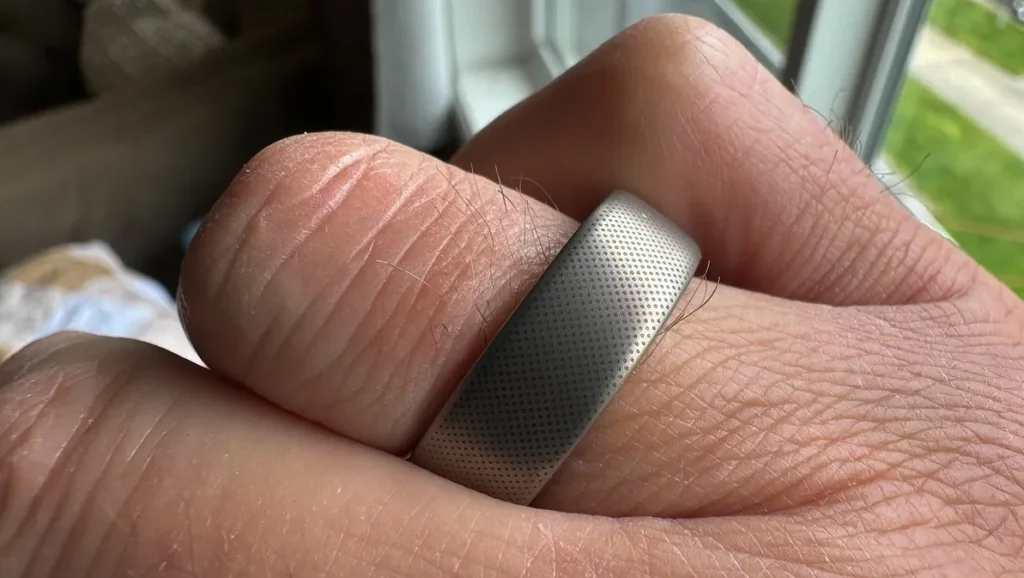
Watches, depending on how tight they are, tend to shift more, though rings can also move. I noticed considerable differences in detecting time awake at night (highlighted areas in the image above). The Apple Watch Series 10 detected the same awake time but also picked up when I was semi-asleep or adjusting for a better position.
Data tends to be quite similar when compared to another ring, in this case, the Samsung Galaxy Ring. Both rings detected awake time and recorded similar durations for light, deep, and REM sleep.
For detecting sleep stages and identifying moments of wakefulness or restless, semi-sleeping states, don’t view these comparisons as final but rather as approximations of your rest.
Separating the data from the experience of viewing the information provided by the ring, it’s here that Amazfit faces more challenges. Zepp, its app for managing data and devices, is where I see the most issues.
The app’s design could be better. The explanation for each section occupies too much space, and the data presentation could be reconsidered.
Essentially, Zepp’s design lags behind that of Huawei’s Health app for iOS, the excellent Ultrahuman interface, or Samsung Health, which offers much more information.
Daily Use and Battery Life
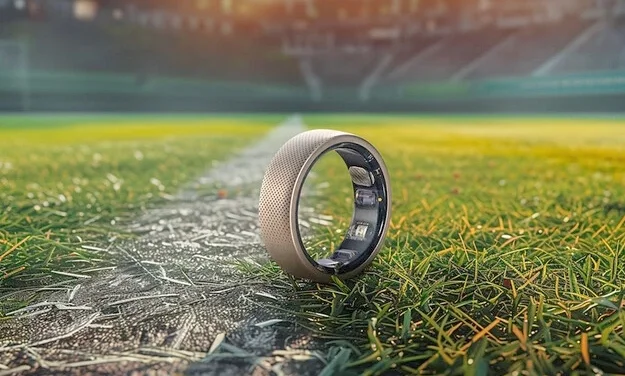
According to Amazfit’s data, each ring size has a different battery capacity. The smallest, size 8, has a 16.5 mAh battery. The medium, size 10, has an 18.5 mAh battery, and the largest, size 12, has a 20.5 mAh battery.
Again, according to Amazfit, the battery life can last up to four days. This depends on your settings, exercise habits, and other variables like temperature, which affects all lithium-ion batteries.
From my experience, I can say the battery life is about three days, based on my usage pattern. Comparing the three rings I’ve tested, Amazfit averages around 2.7 days of usage, so if you’re traveling with the ring, you’ll need to bring the charger, which connects via USB-C.
On average, if you charge the ring to 100% in the late afternoon or evening, it will last until around midday two days later.
Keep in mind that since the batteries are so small, the best approach is to charge the ring occasionally, especially when you’re not using it, and to keep the charge level between 30% and 80% to maximize its lifespan.
Verdict: Is the Amazfit Helio Ring Worth It?
While not the cheapest option, the Amazfit Helio Ring is a good smart ring for those looking for sleep and recovery tracking information without wearing a smartwatch.
Its weak points are undoubtedly its rather limited battery life and the lack of intermediate sizes. However, as a ring you can leave charging on the nightstand and wear only while you sleep, it’s a solid option.
Considering it costs under 170 euros and that Amazfit is heavily promoting it alongside some of its smartwatches, purchasing both a smartwatch and smart ring might be a worthwhile combination.


